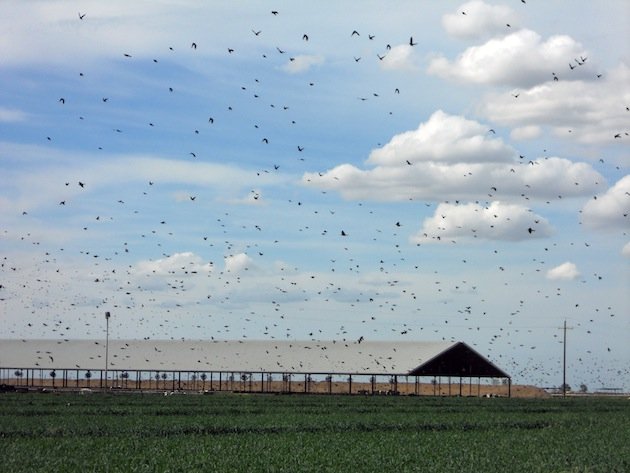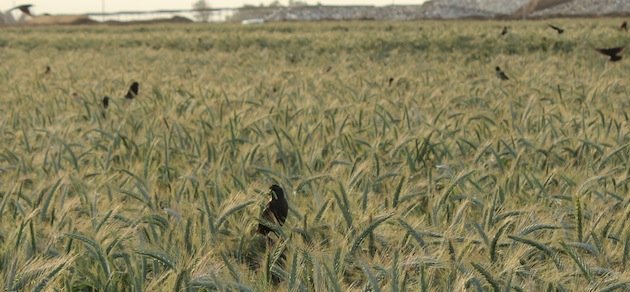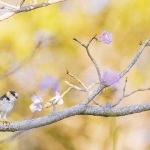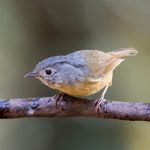
All photos by Keiller Kyle, courtesy of Audubon California
For a birder, a sighting of a Tricolored Blackbird is a treat. After all, there are only a few hundred thousand left of these birds to gaze at, in a range that’s based mainly in California. For farmers, though, seeing a Tricolored may not be such a many-splendored thing—the birds form sizable flocks that often choose cultivated fields for their nesting spots, thus disrupting planting and reaping.
In these situations, the birds have been treated like pests and targeted for extermination, or lost their eggs and nestlings to harvesting of the fields. Add in habitat loss, and the population of Tricolored Blackbirds has plunged enough to necessitate listing it as a Bird of Conservation Concern on the U.S. federal level, and a Species of Special Concern in California. (For more about Tricolored Blackbirds and the threats they face, check out the comprehensive Tricolored Blackbird Portal.)
 The combined efforts of conservationists and sustainability-minded farmers, however, are helping to save the species. Recently, Audubon California announced that its partnership with six California farms and the U.S.D.A.’s National Resources Conservation Service has kept 65,000 Tricoloreds from meeting a grim fate. The farmers, who specialize in silage (grains grown for cattle feed), wait a little longer to harvest their crops, giving young birds the time to fledge and move on. In exchange, the farmers receive compensation to offset the delay in operations and the effect that has on the quality of their crops.
The combined efforts of conservationists and sustainability-minded farmers, however, are helping to save the species. Recently, Audubon California announced that its partnership with six California farms and the U.S.D.A.’s National Resources Conservation Service has kept 65,000 Tricoloreds from meeting a grim fate. The farmers, who specialize in silage (grains grown for cattle feed), wait a little longer to harvest their crops, giving young birds the time to fledge and move on. In exchange, the farmers receive compensation to offset the delay in operations and the effect that has on the quality of their crops.
Of course, the best solution would be for the birds to avoid nesting in farmland at all. So the conservation groups are working on ways to provide attractive alternatives. In the meantime, the farmer/conservationist partnership is a win–win for everyone, especially the Tricolored Blackbirds. To learn more, check out Audubon’s video about the program.











Hurray for common sense working with stakeholders rather than demonizing them!
What good news… a fantastic partnership!
This is great news Meredith. As Duncan mentioned, cooperation among stakeholders with all species is essential in today’s climate. Kudos to Audubon California for making this happen. I wish we could get some cooperation between hunters, ranchers and the USFWS to keep the Gray Wolf on the Endangered Species List until it is truly recovered. I urge everyone to leave a comment on the government regulations page during this 90 day period to stop this attempt to delist the Gray Wolf.
Love hearing positive conservation news!!